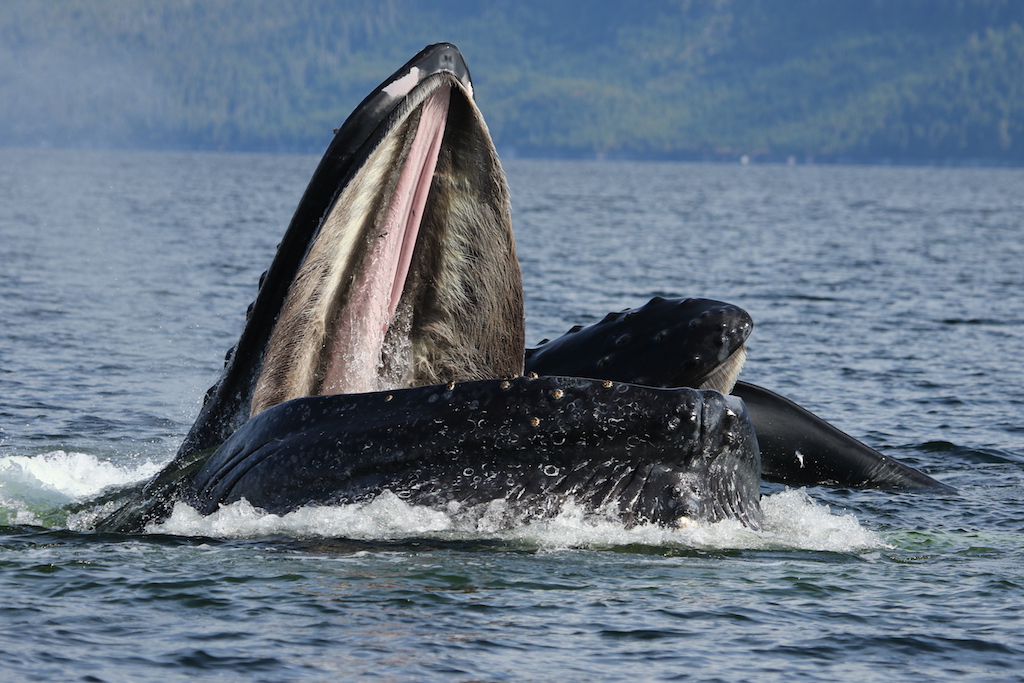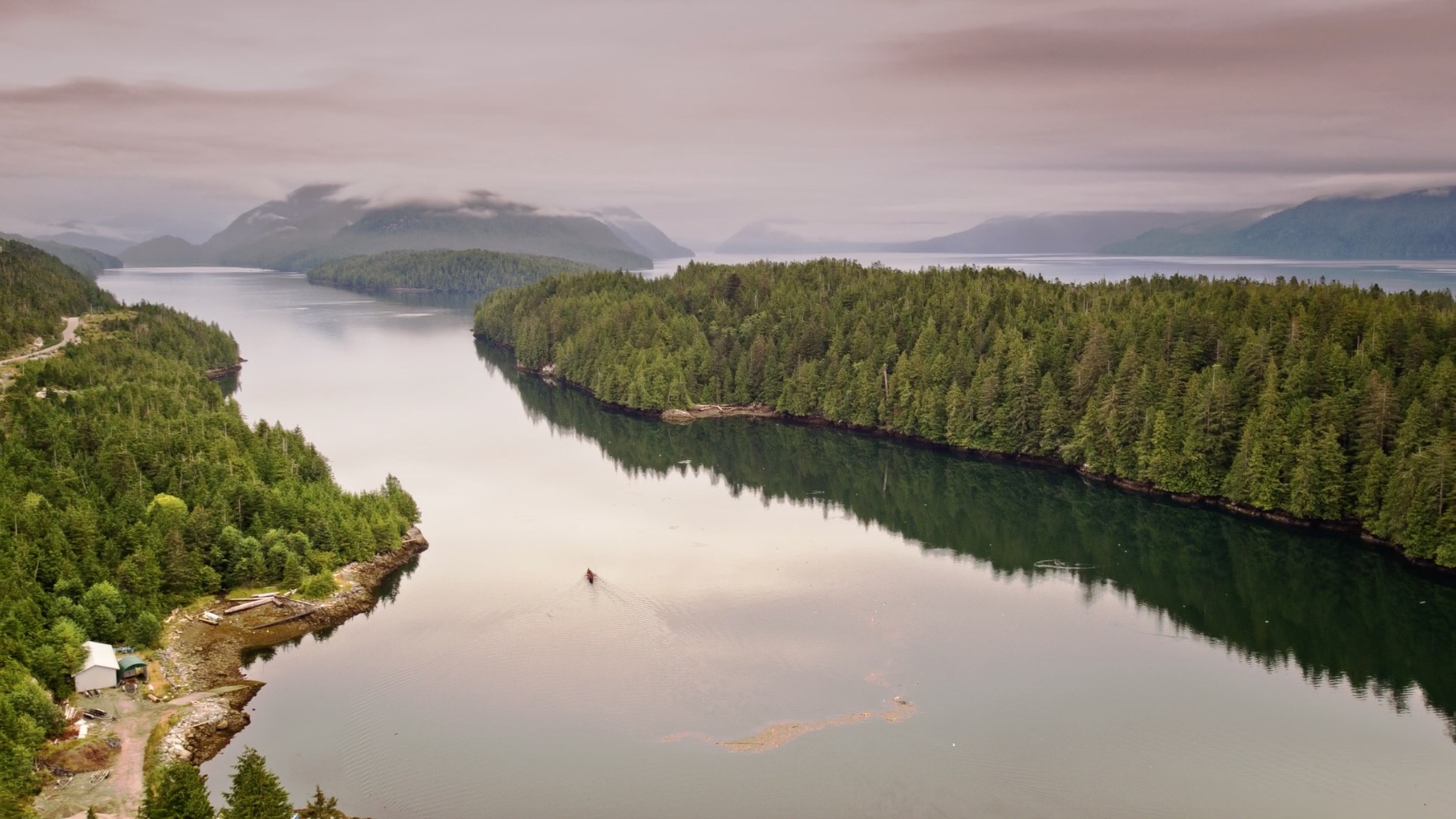If you think you’ve noticed far more humpback whales along the North Coast, you’re not imagining things. Humpbacks are still making their slow recovery after being hunted to the brink of extinction in the early 20th century. But as their numbers increase along BC’s coastline, they’re facing a new spate of threats from humans, largely due to collisions with ships and entanglements in fishing gear.
“There’s no doubt that something is bringing in large amounts of humpback whales,” says Janie Wray, who co-directs the North Coast Cetacean Society (NCCS), a non-profit that conducts whale research along the coast.
In 2001, with support from the Gitga’at First Nation, Wray and her partner Hermann Meuter chose Gil Island near Hartley Bay to build the Cetacea Lab—a land-based research facility that documents whale habitat and social behaviour in the region year-round. Wray says that shortly after setting up, they identified 42 individual humpbacks in the region from Caamano Sound to Douglas Channel, but by the end of 2016, the number had grown to 420.
On a monthly Coastal Guardian Watchmen conference call organized by Coastal First Nations, Wray provided an update on NCCS research, and shared concerns about the increase in fishing gear entanglements, and the importance of disentanglement training for those patrolling the coast. “As humpback populations continue to increase, sadly entanglements are going to happen more and more often,” she warns.
Wray also described her research techniques, which focus on listening to whales, in addition to observing their behaviour. With help from the Gitga’at Nation, Wray and Meuter installed a network of hydrophone stations all around Cetacea Lab to record the myriad sounds made by whales as they communicate with one another. “The hydrophones are an underwater window into the acoustic world of whales,” she says. “You can even listen during all hours of the night, or fall and winter storms, when normally you wouldn’t be on the water at all.” (Listen to an actual humpback song here.)
Wray has been working with Gitga’at Science Director Chris Picard, among others, to document humpback movement patterns along the North Coast, and the resulting peer-reviewed study showed that humpbacks follow a seasonal pattern, beginning in outer waters and slowly moving inland, up the Douglas Channel.
Dubbed the “whale wave” by researchers, the pattern had never been detected before, and was only revealed through long-term local monitoring by Gitga’at Guardians and their partners at NCCS. “The Gitga’at Nation and Guardians’ extensive knowledge of whale sightings and frequency helped to design the hydrophone project,” says Picard. “It determined what should be monitored and where, and the Guardians also assisted with the installation of the network.”
The Gitga’at Guardians also supported NCCS by observing and recording whale sightings while on patrol, providing valuable data to track population movements. It’s part of a larger effort to learn more about whales in Gitga’at territory—not just how many there are, but what ultimately sustains their populations. “We wanted to get a better sense of what was actually bringing whales to the territory,” explains Picard. “We know where the whales are, their activities, their numbers, and when they come and go. What we didn’t know is why.”
The joint study suggests that humpbacks are drawn to the region, not just for food, but for social factors as well, such as companionship, mating and rearing their young. “When you see a humpback mom and calf on the water, she has one year to teach that calf everything,” says Wray. “That’s why it’s so critical that they have all factors in place, environmentally and ecologically, so they can perform that very important role.”


